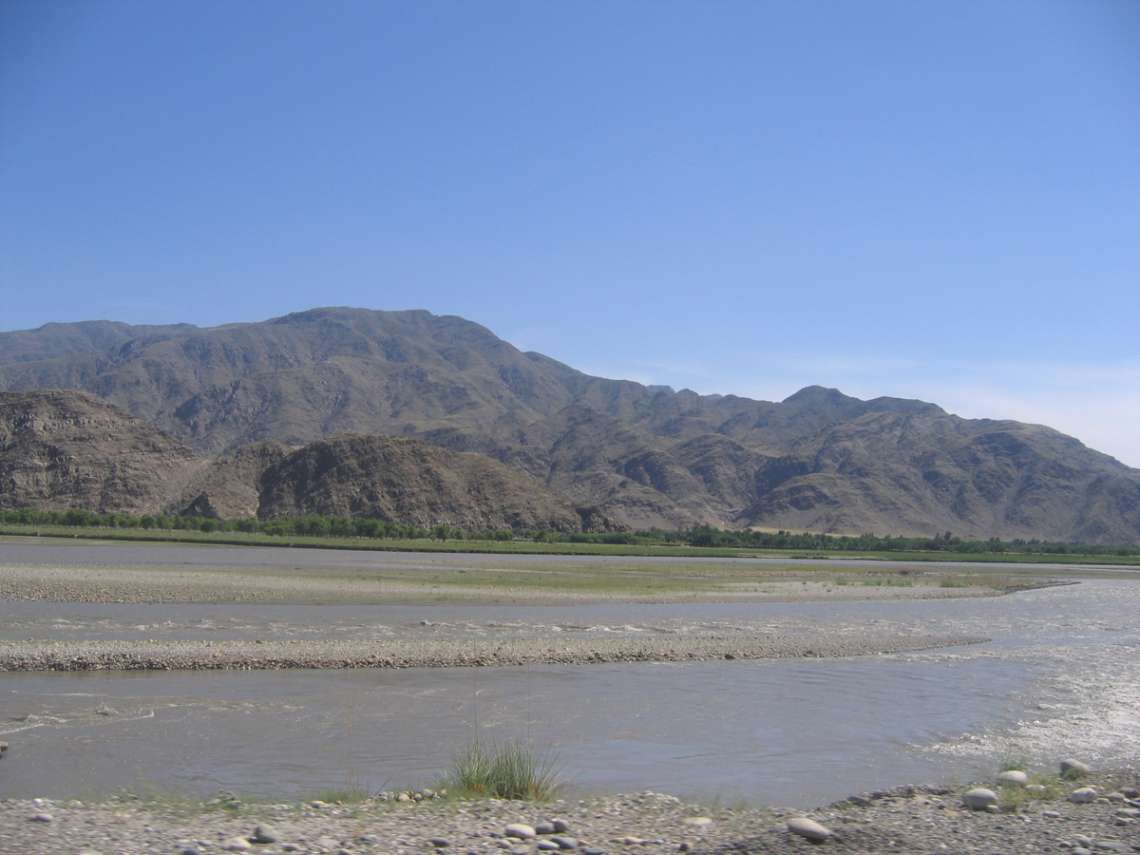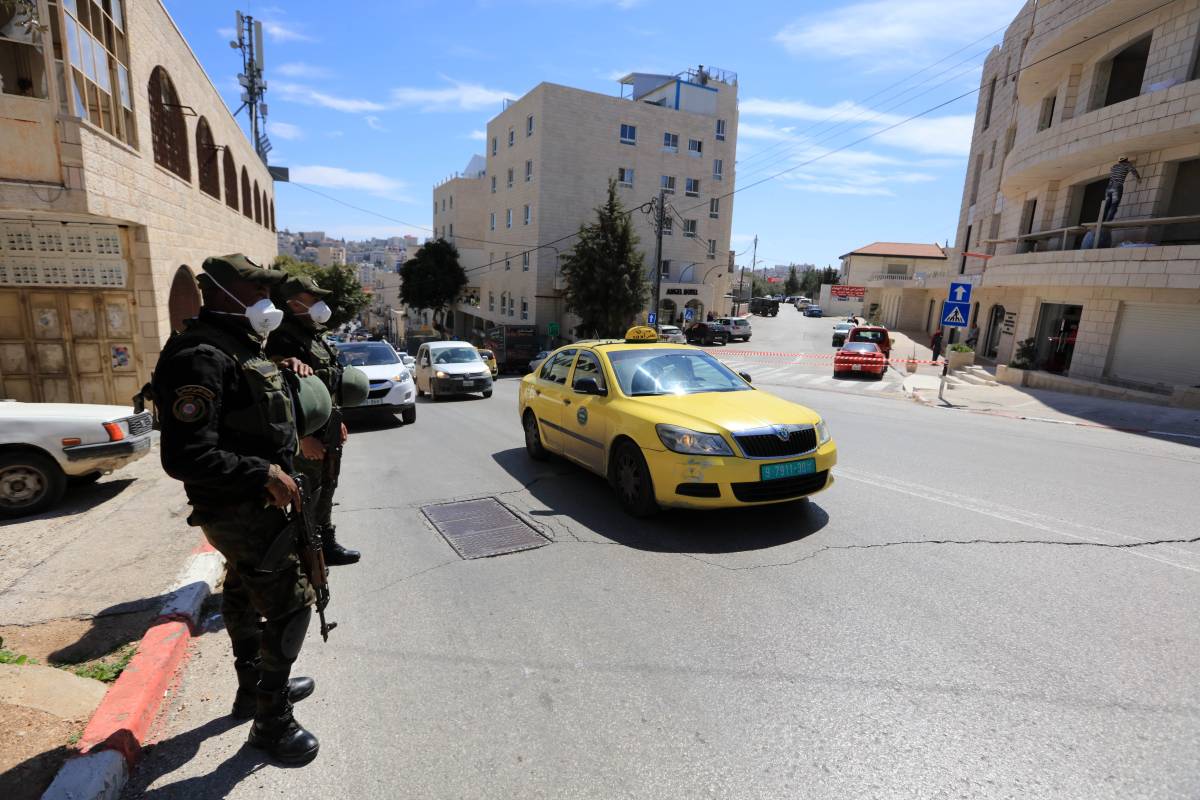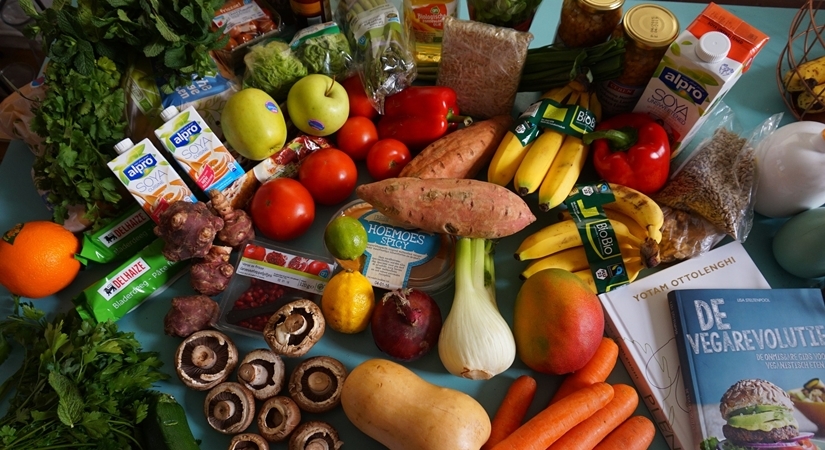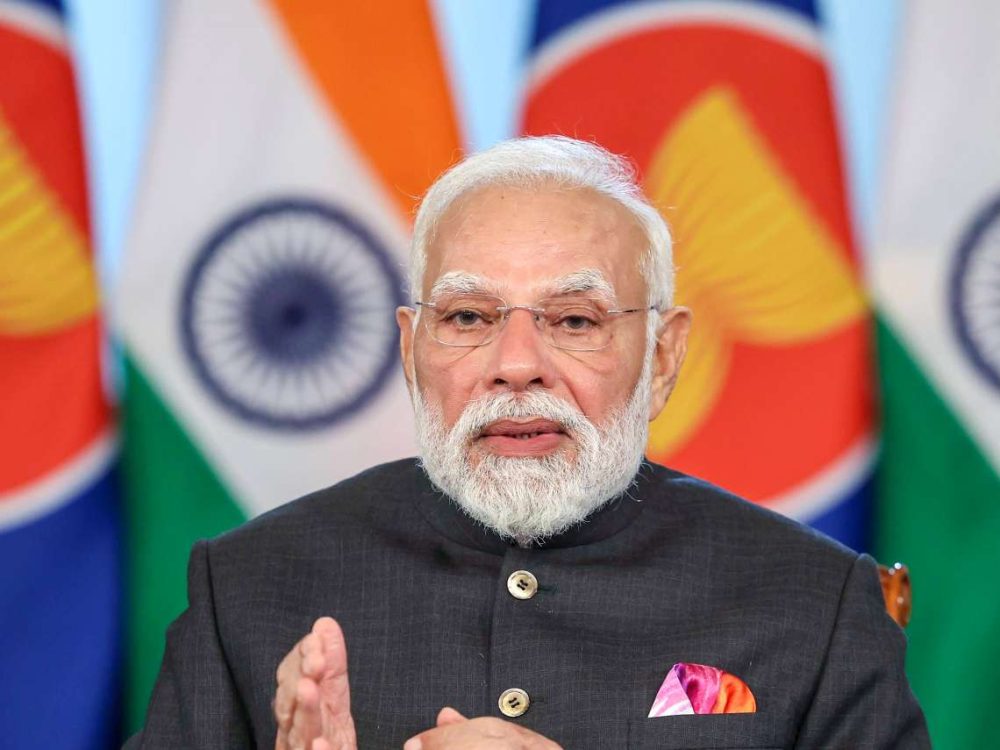India has announced that its G20 Presidency will comprise around 200 events covering 32 sectors to be held in 50-55 cities across all the states and Union Territories of the country. The endeavour would be to create a uniquely Indian experience which is spiritually invigorating and intellectually rejuvenating, writes Ashok Sajjanhar
India takes over the Presidency of the G20 (Group of 20) countries, one of the most consequential amongst current day multilateral bodies, on December 1. This decisively signals the emergence of India as a significant player on the global scene.
While most countries in the world, both developed and developing, have found it difficult to effectively handle the challenges thrown up by the Covid-19 pandemic and the Russia-Ukraine conflict, India, through its bold and visionary leadership and prudent policies, has been, thus far, able to successfully navigate the headwinds it has encountered.
The G20 is an international forum which includes 19 of the world’s largest economies including both industrialized and developing nations, and the European Union. Its core mandate is to address the major challenges related to the global economy and financial architecture such as international financial stability, climate change mitigation, and sustainable development among others. It seeks to evolve public policies to resolve them.
Together, the G20 members represent 85% of the global gross product; 75% of international trade; two thirds of the world population; 80% of global investments in research and development, and 60% of the world land area.
Because the G-20 is a forum, its agreements or decisions are not legally binding but they do influence countries’ policies and spur global cooperation.
The G20 is small and cohesive enough to allow concrete in-person discussions to find solutions to the new challenges on the international economic and financial agenda, and is broad and inclusive enough to represent the vast majority of world economic production.
The G20 was conceived in 1999, while the repercussions of the Mexican peso crisis (1994), Asian financial crisis (1997) and the Russian ruble crisis (1998) were still being felt. In a meeting of finance ministers and presidents of central banks of the G7, it was decided to expand the group and make it more representative in order to generate policies that would have a wider impact on the global economy. A group of key emerging economies was invited to a new forum of finance ministers and presidents of Central Banks. This became the G20.
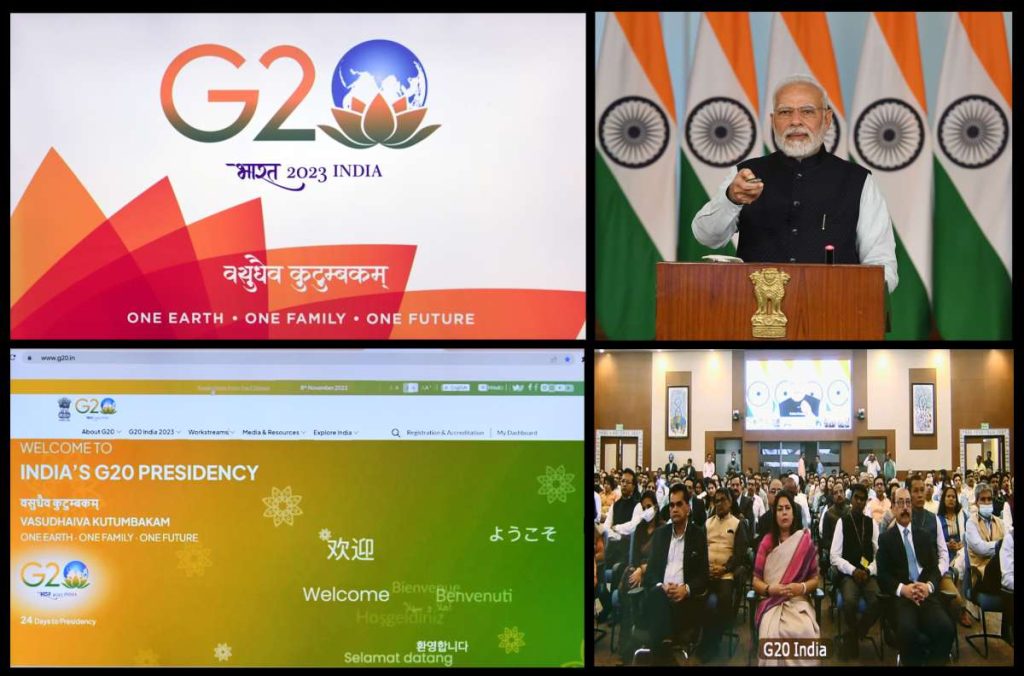
The G20 was upgraded to the Summit level from the finance ministers and presidents of central banks, and became the main instrument to face the global financial crisis of 2007-’08 and beyond.
While economic and financial issues tend to lead the agenda, other areas have gained prominence in recent years. New additions include participation of women in the labour market, sustainable development, global health, fight against terrorism and inclusive ventures, among others.
The group’s stature has risen significantly during the past decade. It is, however, also criticized for its limited membership, lack of enforcement powers, and for the alleged undermining of existing international institutions. Summits are often met with protests, particularly by anti-globalization groups.
The G20 seeks to enrich the content of its dialogues by encouraging the participation of civil society through affinity groups. Each of them focuses on an issue of global importance and meets independently throughout the year. From the dialogue in the various meetings, each group delivers a series of recommendations to the G20. Currently, the affinity groups comprise of: Business 20 (B20), Civil 20 (C20), Labour 20 (L20), Science 20 (S20), Think 20 (T20), Women 20 (W20), Youth 20 (Y20).
On the conclusion of the Indonesian presidency, India will assume the leadership of the G20 from 1st December, 2022.
Releasing the logo, theme and web-site of India’s G20 Presidency on 8th November, 2022, PM Modi stated: ‘’India’s G20 presidency is coming at a time of crisis and chaos in the world. The world is going through the after-effects of a disruptive once-in-a-century pandemic, conflicts and lot of economic uncertainty.’’
The world has been subjected to huge instability and volatility over the last 3 years and more. The Covid-19 pandemic adversely affected all the 200 countries of the world in health and social as well as economic arenas.
The ongoing conflict in Europe has had global implications through high inflation, shortages of food, fertilizers and energy, unsustainable debts, supply chain disruptions and more. In addition, the challenges of climate change, terrorism, nuclear proliferation, achievement of the Sustainable Development Goals (SDGs) and others continue to unsettle the global economy and community. It is in these circumstances that India has been entrusted with the responsibility of steering the activities of the G20 in the coming year.
Because of its impressive performance in handling the shocks of the Covid-19 pandemic and the Russia-Ukraine conflict, India has emerged as a beacon of hope in an otherwise dark and gloomy global scenario.
The logo released by PM Modi is in the vibrant colours of India’s national flag – saffron, white and green, and blue with the Earth reflecting India’s pro-planet approach to life, one in perfect harmony with nature. The lotus is symbolic of what is auspicious, pure, eternal, and detached. Inclusion of the lotus in the logo denotes success amidst the current challenges faced across the globe. A senior official in the government who was part of the decision-making process said, “Lotus is known for its ability to bloom unblemished in the murkiest of waters. It is a poignant symbol for humanity to emerge victorious from its challenges.”
During its presidency, India is committed to focusing on issues of critical importance to the world. The theme identified by India for its presidency is ‘’One Earth, One Family, One Future.’’ This flows from the philosophy of ‘’Vasudhaiva Kutumbakam’’ (The World Is One Family) which appears in our ancient scriptures and forms the foundation of our foreign policy. The logo and the theme together convey a powerful message of India’s G20 Presidency for just and equitable growth for all as the world navigates through turbulent times. The logo, theme and website reflect India’s message and overarching priorities during its presidency of the G20.
The concept of LiFE was introduced by PM Modi during the 26th United Nations Climate Change Conference of Parties (COP26) in Glasgow, 2021. Mission LiFE was launched by PM Modi in the presence of UN Secretary General Antonio Guterres at the Statue of Unity, Gujarat in October, 2022. Mission LiFE is envisioned as an India-led global mass movement that will encourage individual and collective action to protect and preserve the environment. India can be expected to highlight LiFE as a critical focus area for discussion and action during its presidency.
India, as a result of its own experience, particularly during the pandemic, believes that digital technology and digital public platforms are key to deepening engagements of government with citizens, reducing corruption, and promoting expeditious delivery of services and financial transactions. Digital solutions to traditional problems have transformed and elevated the lives of people across the world. During India’s presidency, it would like to share its success stories in this field for the benefit of the global community.
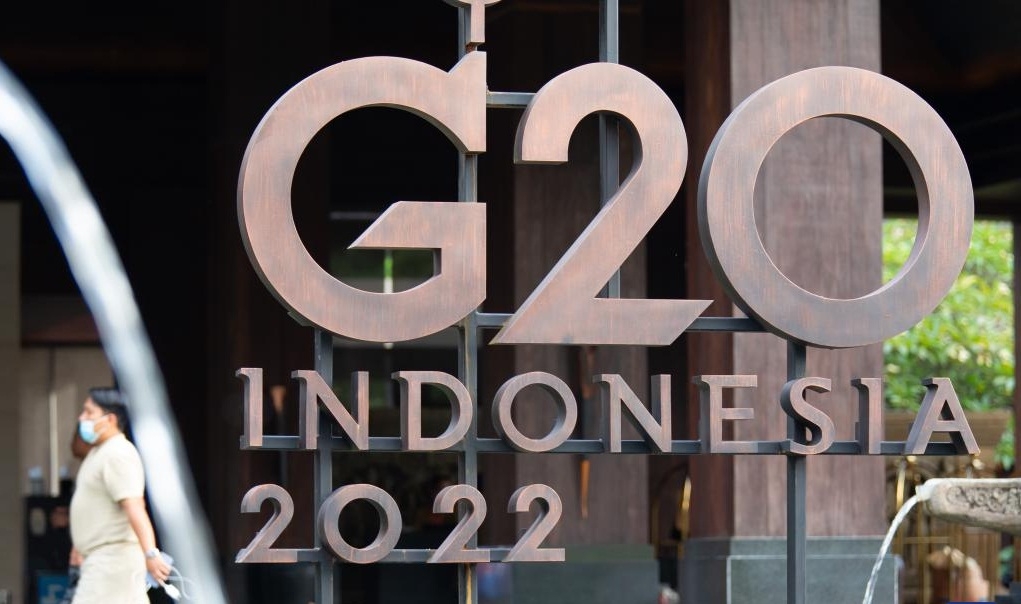
India will aspire to deliver outcomes in areas of critical interest such as integrating the climate and development agenda, accelerating progress towards achieving the SDG 2030 mandate, furthering development cooperation, supporting small and marginal farmers, enhancing food security and nutrition, addressing global skill gaps, promotion of blue economy and coastal sustainability, digital health solutions, green hydrogen and tech-enabled learning.
India would also like to promote the outreach and potential of its initiatives in the climate change and disaster risk reduction spheres as envisaged in the International Solar Alliance and Coalition for Disaster Risk Initiative projects.
India would like to ensure that the G20 stays committed to its original mandate of dealing with the financial and economic challenges and not allow important but extraneous geo-political issues like the Russia-Ukraine conflict to adversely impact the broader agenda. The G20 should exhibit the necessary leadership and flexibility to accommodate differences among its members to effectively deliver outcomes.
India has announced that its G20 Presidency will comprise around 200 events covering 32 sectors to be held in 50-55 cities across all the states and Union Territories of the country. The endeavour would be to create a uniquely Indian experience which is spiritually invigorating and intellectually rejuvenating.
While releasing the logo, theme and web-site of G20, PM Modi called upon all State governments, political parties and individuals to not look upon India’s G20 Presidency as the responsibility only of the Central government. This honour and prestige belongs to the whole country, he said, and there should be an ‘’all of the country’’ approach to make the year-long event successful and memorable.
Bangladesh, Egypt, Mauritius, Netherlands, Nigeria, Oman, Singapore, Spain and the UAE have been invited as “guest countries” at the event. All these are significant countries in their own right and close and strategic partners of India. There has been an uncomfortable feeling among several countries in the world that their voices and problems do not get the attention they deserve. India has invited these countries to provide a platform to their leaders to articulate their views, expectations and aspirations.
The G20 Leaders’ Summit will be held in New Delhi on 9-10 September, 2023. The Leader’s Summit would be the climax of the G20 process through the year which includes Sherpa meetings (in charge of carrying out negotiations and building consensus among leaders), working groups and special events.
In addition to the plenary meetings that will take place at the venue of the Summit, a significant takeaway from such mega, multilateral gatherings is the one-to-one bilateral deliberations that the participating countries are able to conduct. India being the host will have the opportunity to interact with all the visiting heads of states and governments and advance its bilateral partnerships with them to a significantly higher level. This is the first time that India can expect to receive all the top leaders of the most consequential countries of the world as well as the heads of several major international organizations and global bodies. It is expected that around 42 heads of states/governments and of multilateral agencies will visit India in September, 2023 to participate in the G20 Summit.
A successful year long G20 Presidency and Summit can be expected to provide a huge shot in the arm to India’s growing prestige and influence in the world.

Conclusion
India will receive the mantle of the G20 Presidency from Indonesia on 1st December, 2022. India will hand over the baton to Brazil at the end of November, 2023.It is for the first time in the history of the G20 that the troika comprising of the current, past and future Presidencies will comprise of three major developing and emerging economies. This provides a unique opportunity to India, supported by Indonesia and Brazil, to make a significant contribution to peace, security, stability and prosperity in the world.
(Ashok Sajjanhar is a former Ambassador of India to Kazakhstan, Sweden and Latvia. He is an Executive Council Member at the Manohar Parrikar Institute for Defence Studies and Analysis and President, Institute of Global Studies. Views expressed are personal and exclusive to India Narrative)
(The article is carried under a special arrangement with indianarrative.com)




